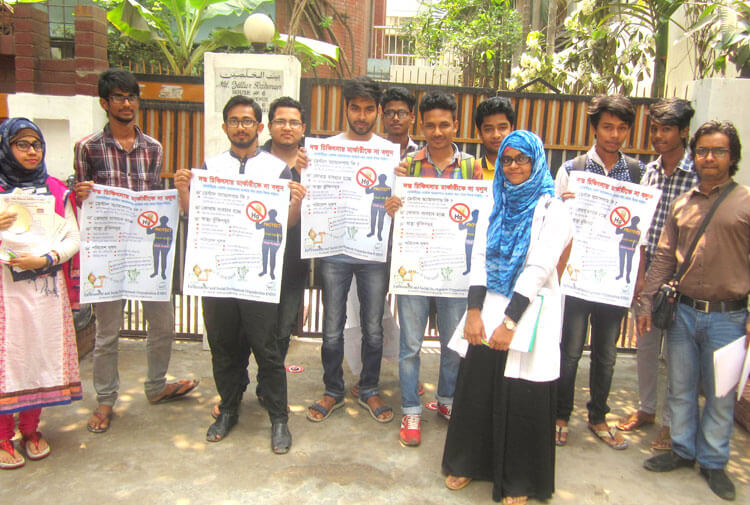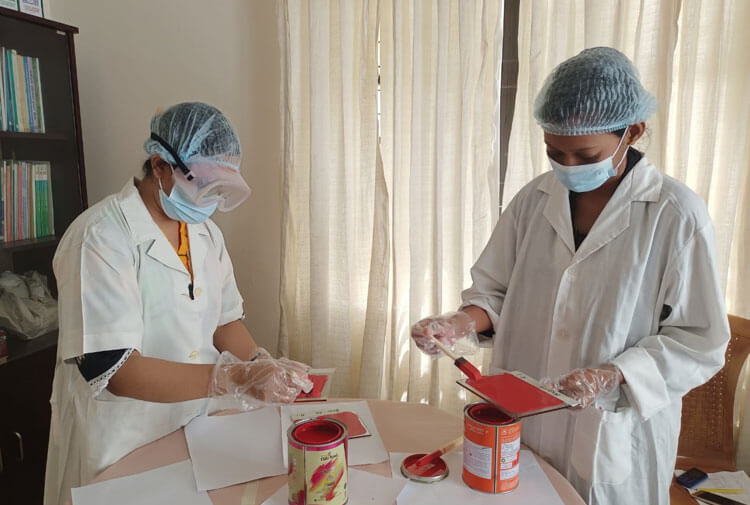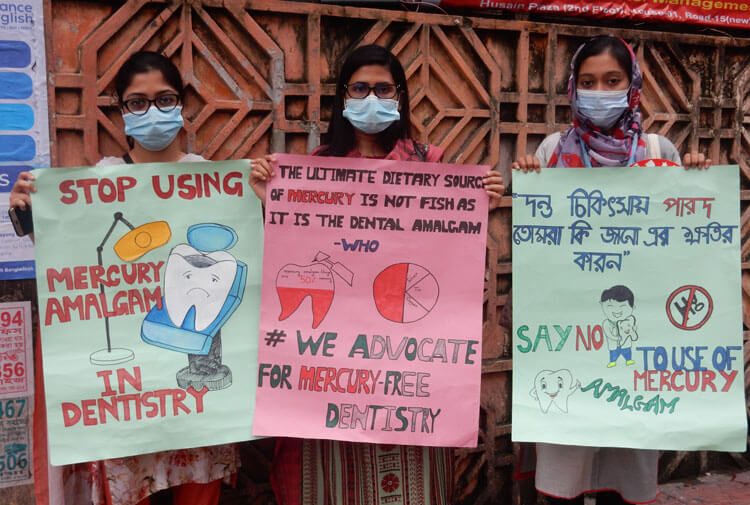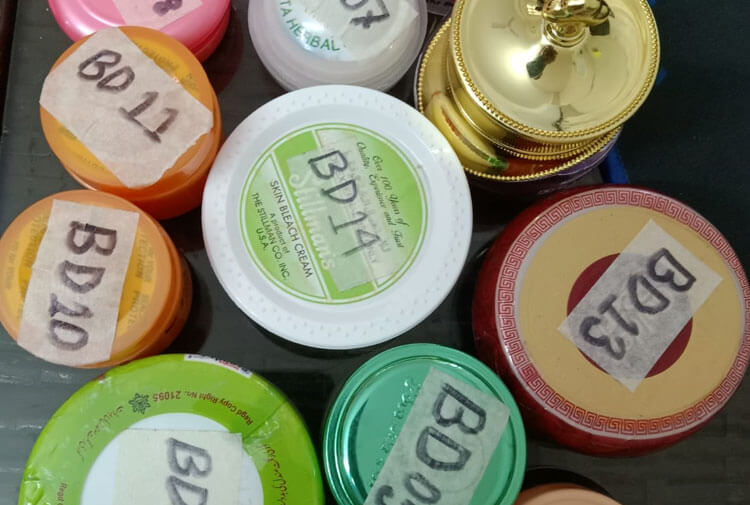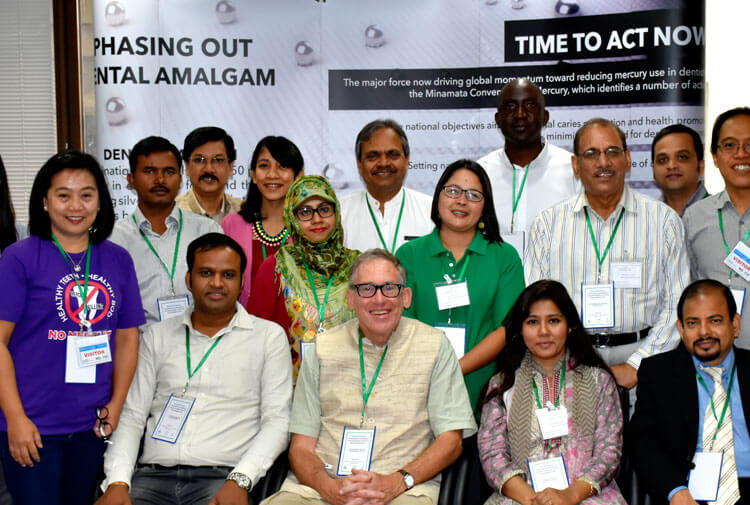
The World Needs Mercury Free Dentistry
Mercury dental amalgam or βSilver fillingβ is a silver-colored material used to fill cavities caused by tooth decay. It is made of 50% mercury, 35% silver and 13% tin, approx. 2% copper and <0.1% zinc and other trace metals. This amalgam, in widespread use for over 150 years, is one of the oldest materials used in oral health care. Alarmingly, mercury is also one of the ten chemicals of major public health concern that WHO prioritizes. Dental mercury amalgam is not only injurious to health, but also a great source of environmental pollution. Also UNEP Global assessment on mercury reports assesses mercury as toxic to humans, wildlife and environment. Mercury release from silver amalgams is high over the first 24 hours immediately following placement of the restoration.
Human Health Impact:
The United States Environmental Protection Agency has issued a health-effect checklist on mercury exposure-
Impaired development of the brain and nervous system in fetuses, infants and children.
Impairment of thinking, memory, attention, language, and fine motor and visual spatial skills.
Impairment of peripheral vision.
Disturbed sensations (feelings of pins and needles, usually in the hands, feet and around the mouth)
Lack of co-ordination of movements.
Impairment of speech, hearing and walking.
Muscle weakness, wasting and twitching.
Tremors
Emotional changes (e.g. mood swings, irritability, nervousness and excessive shyness).
Insomnia
Headache
Reduction in cognitive function
At higher exposures:
Skin cancer and kidney damage
Damage the brain, kidneys, and immune system of children
Neurological Problems
Hair falling
Damage in health tissue cell
Gastrointestinal Problems
Environmental Impact:
There is a major concern about where discarded amalgam ends up. A dangerous feature of mercury pollution is that micro-organisms in the environment transform the mercury into a more toxic version known as methyl-mercury. Once in the environment, dental mercury converts to its even more toxic form, methyl mercury, and becomes a major source of mercury in the fish that people and other animals eat. Mercury also reduces microbial activity in the soil, reducing soil fertility and productivity. Dental amalgam wastes have been identified as the major source of mercury soil pollution. How mercury travels in the environment from its sources can be shown by the following flow chart:

